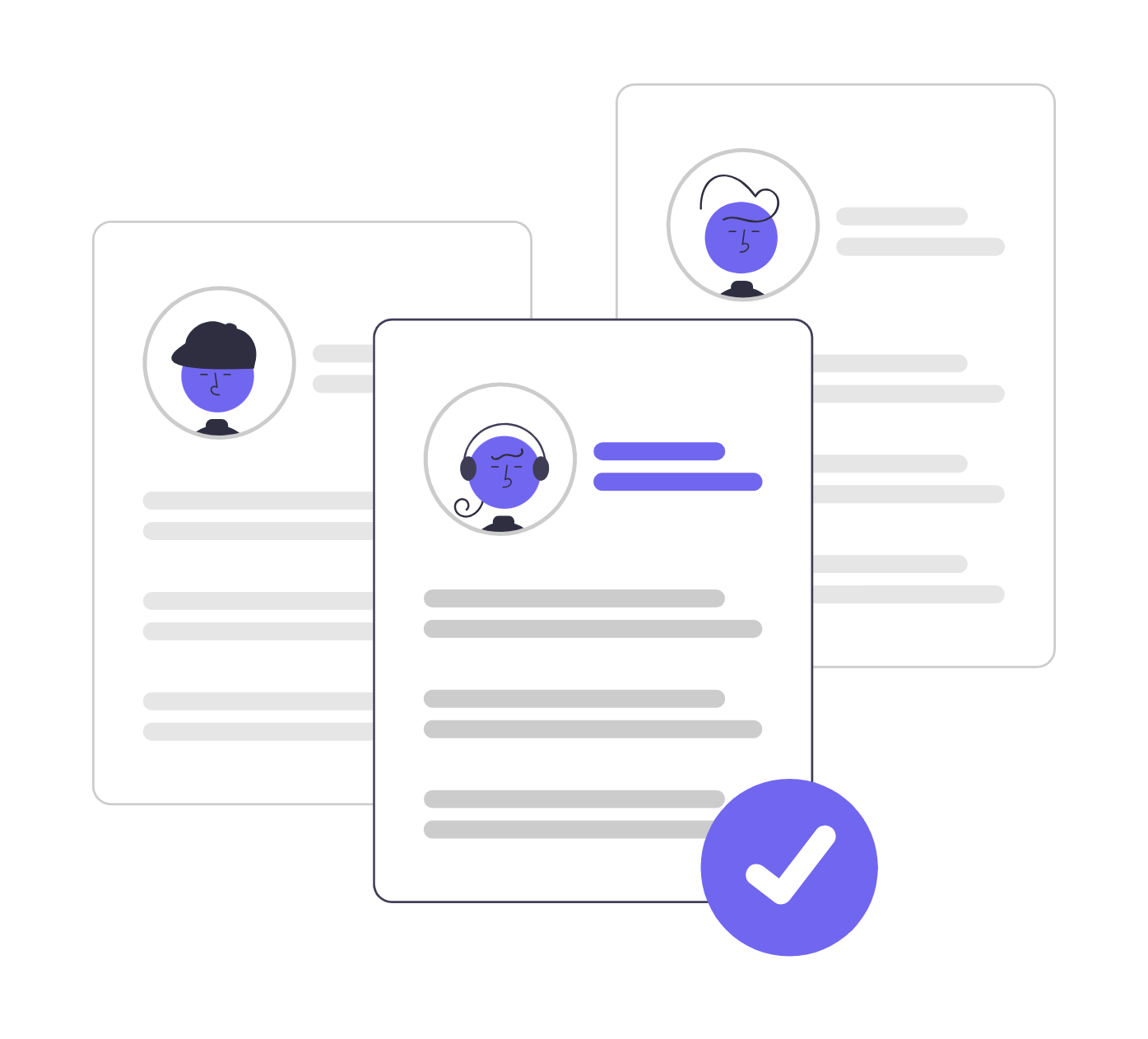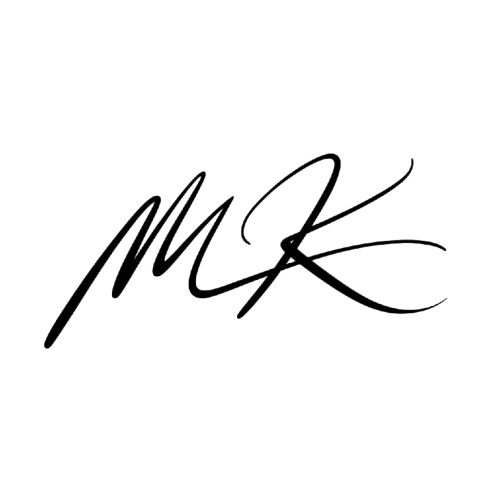Share
When someone lands a new job, it’s common to assume that their “hire date” and “start date” are the same. In some cases, they are. But in many others, they’re not—and understanding the difference isn’t just a formality. It’s a crucial detail that affects everything from payroll and benefits to legal compliance and onboarding timelines.
Whether you’re an HR professional, recruiter, or employee, knowing exactly how these two dates work can save you from costly misunderstandings and ensure a smoother hiring experience for all involved.
Want to avoid costly hiring errors and make smarter, data-driven decisions from day one?
What Is a Hire Date? (And Why It’s Often Administrative)
The hire date typically refers to the moment an employee is officially brought into the company system—usually when they sign their offer letter and complete essential onboarding paperwork. This might include tax forms like the W-4, employment verification forms like the I-9, and any company-specific documents.
In many organizations, this paperwork is completed digitally and well before the employee’s first day on the job. That’s why the hire date is often seen as an administrative milestone, not the point at which employment truly begins.
Key point: The hire date marks when the employee is “in the system,” but it doesn’t necessarily mean they’ve started working—or getting paid.
What Is a Start Date? (The Real First Day of Work)
The start date, on the other hand, is the day the employee officially begins performing job duties. This is when they are added to payroll, start receiving compensation, and begin participating in onboarding, training, or day-to-day responsibilities.
This is also the date that typically triggers benefit timelines (e.g., health insurance eligibility after 30 days), probation periods, and legal protections under employment laws.
In short: The start date is when employment actually begins in a legal and operational sense.
Real-World Confusion: What Employees Are Saying
On Reddit and other HR forums, you’ll find countless examples of people caught off guard by this distinction.
In one thread, an employee believed they became eligible for holiday pay 60 days after signing their offer. But HR said no—eligibility begins 60 days from the start date, which was several weeks later. Despite beginning online training after signing the offer, they weren’t paid for that time and it didn’t count toward employment.
Others shared stories of being told their “hire date” was when they joined the payroll—even if they had completed onboarding weeks earlier.
The takeaway? Different companies define and use these terms differently, so clarity and documentation are essential.
Why the Difference Between Hire Date and Start Date Actually Matters
1. Payroll Compliance
Employees generally cannot be paid before their official start date. Mistaking the hire date as the payroll start can lead to accounting errors or even legal trouble if it’s seen as unauthorized labor.
2. Benefits Eligibility
Many employee benefits—like health insurance, retirement contributions, or paid time off—start after a set period. That countdown usually begins on the start date, not the hire date.
3. Probation Periods
If your company has a 90-day probation period, it usually begins from the first day of work, not the day the paperwork was signed.
4. Labor Law and Contract Compliance
Start dates influence when labor protections begin. If the actual start date is unclear, it may complicate disputes over eligibility for unemployment benefits, wrongful termination claims, or compliance with federal and state regulations.
Easily administer one-click skill tests with Workscreen-This way you can assess candidates based on real-world ability—not just credentials like résumés and past experience. This helps you hire more confidently and holistically.

How to Choose the Right Start Date (For Both Employers and Employees)
Determining a start date isn’t just about availability—it’s about aligning multiple moving parts. Here are the top factors to consider:
- Business needs: Urgent vacancies may call for faster starts; quieter periods might allow for a longer ramp-up.
- Background checks and onboarding readiness: You can’t start someone until vetting, paperwork, and systems access are complete.
- New hire’s availability: Candidates often need time to give notice, relocate, or take a short break between jobs.
- Payroll cycles: Aligning start dates with pay periods can prevent paycheck delays.
- Onboarding logistics: Training may be scheduled for groups or specific timelines; starting early may not always be helpful.
The best approach? Have a conversation. Understand what both sides need, and agree on a timeline that works for the individual and the organization.
Start Date Negotiation: A Soft Skill Every Recruiter Should Master
While many offer letters propose a start date, that date is not set in stone. It’s often negotiable—especially for in-demand candidates or those balancing complex transitions.
Recruiters and hiring managers should:
- Discuss potential start dates early in the process.
- Be flexible when possible to foster goodwill and reduce burnout.
- Confirm the final date in writing, with clear onboarding instructions.
- Keep in touch during any extended delay between the hire and start dates.
A respectful and transparent negotiation not only helps avoid logistical issues but sets the tone for a positive employment relationship.
Conclusion: Don’t Let the Details Slip Through the Cracks
The difference between hire date and start date may seem minor—but it can have big implications. From compliance and compensation to benefits and morale, getting these dates wrong can create unnecessary friction.
By understanding, documenting, and clearly communicating each date, you ensure a smoother transition for your new hires, a cleaner process for HR and payroll, and fewer surprises down the road.
Quickly identify your most promising candidates. WorkScreen automatically evaluates, scores, and ranks applicants on a performance-based leaderboard—making it easy to spot top talent, save time, and make smarter, data-driven hiring decisions

FAQ
In most companies, benefits eligibility (like health insurance or PTO accrual) is calculated based on the start date, not the hire date. Always confirm with HR to avoid surprises.
Yes. Start dates are often flexible and can be negotiated to accommodate notice periods, relocation, personal obligations, or onboarding logistics.
Contracts may include both dates to clarify when you were officially brought into the system (hire date) versus when you began working (start date). This helps avoid payroll, compliance, and benefits issues.
Usually not. If the training is unpaid and occurs before you’re officially on payroll, it typically doesn’t count toward your employment duration for benefits or compensation.
Generally, the start date is used to determine when employment-related legal protections begin, such as eligibility for certain labor rights or probation periods.
This is common. A gap may exist due to onboarding prep, background checks, equipment setup, or personal availability. Just be sure both dates are clearly documented and communicated.
After accepting the offer, request written confirmation (usually via email) stating your agreed-upon start date, arrival time, location (if applicable), and onboarding instructions.

